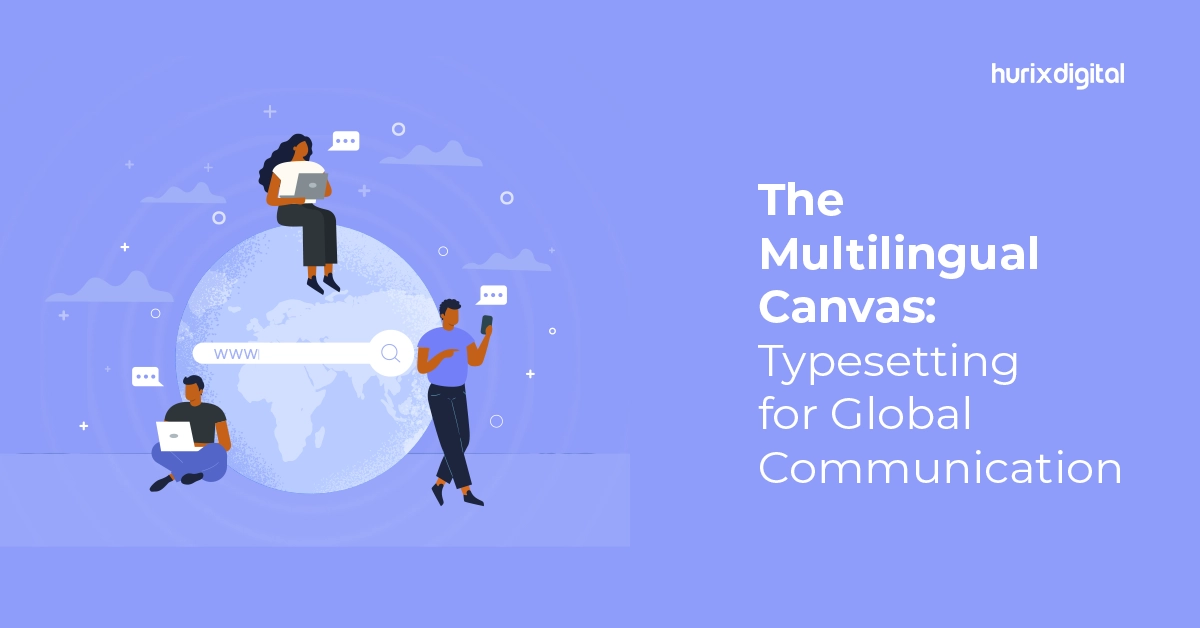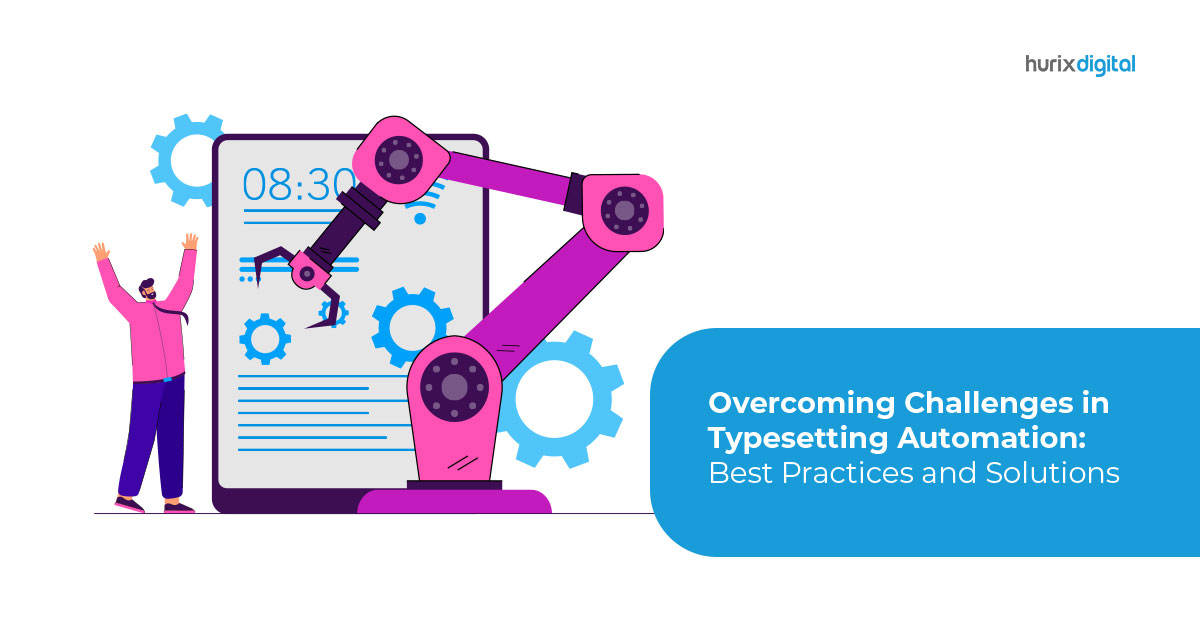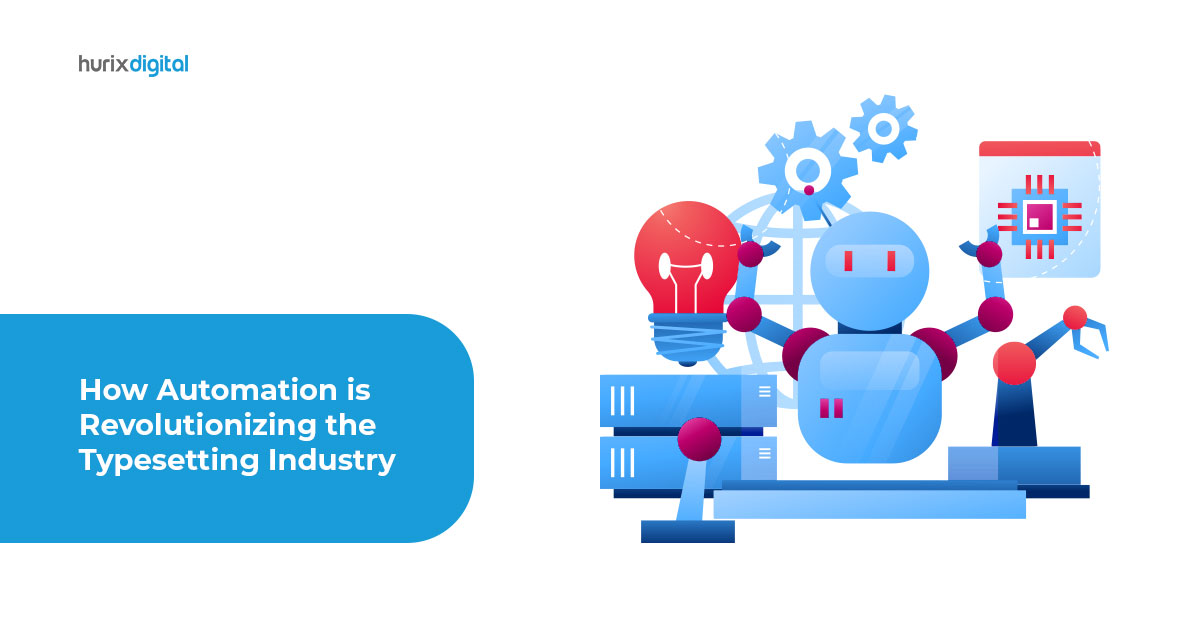
The Multilingual Canvas: Typesetting for Global Communication
Summary
This article explores the importance of typesetting in today’s world. It also highlights the value of utilizing typesetting services like Text Typesetting to address language challenges and the value of using the Multilingual Canvas to create compelling and inclusive multilingual experiences.
In today’s landscape, the ability to convey information seamlessly across linguistic boundaries is not just an advantage—it’s a necessity. This is where the intricate art of typesetting comes into play.
At its core, language serves as our primary instrument for connecting diverse peoples. Yet, for a vast majority of published materials like books and magazines, language often acts as a barrier, limiting our ability to engage with and understand different cultures.
To truly foster global communication, it’s important to address this challenge directly. We must seek innovative ways to bridge the gaps between varied mother tongues and cultural backgrounds.
Considering that there are approximately 7,000 languages spoken globally, the need for a robust and versatile typesetting approach becomes clear. This is where specialized services like Text Typesetting come into the picture, offering solutions to craft compelling and inclusive multilingual experiences.
Table of Contents:
- What Is Typesetting?
- What are the Types of Typesetting?
- How Does Typesetting Improve Global Communication?
- Multilingual Canvas- A Value-Adding Opportunity
- How Can We Address Language Challenges with the Multilingual Canvas?
- Conclusion
What Is Typesetting?
Making your content readable, accessible, and pleasing to the eye is a complex art. Many factors contribute to the readability of a piece of text. It’s not just about choosing the right font. You also need to consider things like line length and leading (the space between lines).
Typesetting is the process of formatting and designing a book, journal article, or other text for production. It requires the selection of typefaces, point size, line spacing (leading), letter-spacing (tracking), line length, paragraph indents, margins, and other elements such as italics and boldface.
It also may require matching of text to a pre-designed grid for purposes of achieving consistent typographical appearance in a body of text. This way, it makes sure that the text not only looks aesthetically pleasing but also ensures that it is easy to read and navigate.
What are the Types of Typesetting?
If you want your content to be accessible to as many people as possible, then you must think about typesetting from a global perspective. This means making sure that you choose typefaces and fonts that can be read by all types of readers — even those who don’t speak your language or don’t have perfect vision.
Here are two types of typesetting that can enhance global communication:
1. Latex Typesetting
Latex is a markup language used for typesetting documents such as books, papers, and articles. It’s free and open-source software (FOSS), which means that anyone can use it for free.
Many different tools make using latex easier, including TeX Live, LyX (which we will not be discussing in this article), and MikTex. These tools help with formatting your document as well as compiling it into something readable by humans.
2. Adobe Typesetting
Adobe has a similar program called Adobe InDesign CS6 that allows you to create documents without having to learn another markup language like latex markdown or any other FOSS alternative. InDesign CS6 is proprietary software (closed source), which means that you have to pay for it if you want to use it legally.
It also includes features not found in other programs, like Auto-hyphenation and automatic page numbering.
Also Read: What is Typesetting and Why is it Important?
How Does Typesetting Improve Global Communication?
We live in a global age where we communicate with people all over the world, and often, their native language is a preference. This is no small task, but it’s a responsibility we should embrace.
Different languages have different ways of displaying letters, numbers, and symbols. For example, Arabic typography is written from right to left, and Hebrew letters are written from left to right. Even within the same language, there can be differences in how words should be displayed depending on their meaning or context.
There must be no barriers between users, such as language barriers or cultural differences, that would prevent them from communicating effectively with each other.
Typesetting, in this context, serves as a critical tool in overcoming these linguistic and cultural barriers, facilitating clearer and more effective global communication. By doing so, it helps in presenting content in a way that feels natural and intuitive to native speakers, thus enhancing understanding and engagement.
Good typesetting also handles variations within the same language, ensuring that contextual or regional differences are accurately represented. This attention to detail bridges the gap between diverse audiences, making global communication more inclusive and effective.
It’s a key component in breaking down language barriers and fostering a deeper, more respectful exchange of ideas across cultures.
Multilingual Canvas- A Value-Adding Opportunity
The multilingual canvas is a valuable tool for individuals, such as translators or business professionals, who aim to produce documents that cater to diverse language needs. The significance of the Canvas lies in its ability to:
- Facilitate typesetting in a language environment
- Maintaining page layouts across languages
- Enables translation between languages without the need for designing layouts for each document.
The resulting document might contain words or phrases that may not be suitable for languages. This issue can be resolved by utilizing a text box that assigns the language code to all the text.
How Can We Address Language Challenges with the Multilingual Canvas?
The issue of catering to multiple languages is multifaceted, encompassing technology, social dynamics, and human behavior. The ultimate goal of the canvas lies in creating a platform that enables people worldwide to express themselves without the need to learn languages or grapple with translation tools.
The multilingual canvas serves as a content management system specifically designed to facilitate the effortless creation of websites. It holds importance for the following reasons:
1. Enabling the Creation of Content
Content can be effectively created in multiple languages simultaneously. This means that if you need to develop a website catering to an English-speaking audience while also desiring a version of your site, you can achieve this by working from one source file.
2. Simplifying the Process of Editing
The process of editing a page in different languages is simplified without duplicating the efforts. For instance, if you wish to make changes on one page, you only need to do it. Those modifications will automatically reflect across all instances of that page.
Also Read: How Typesetting is Different From Typography
Conclusion
Communication plays a pivotal role in the global landscape. It enables the sharing of information and ideas among individuals. As multilingualism becomes more prevalent, global communication will become increasingly important in the future.
Hence, it’s vital to develop tools that enhance our ability to communicate with people worldwide. At Hurix Digital, we recognize the significance of a voice in communication. Our approach is holistic, encompassing a range of services from multilingual content development to localization and translation, all tailored to meet the specific needs of our diverse clientele.
Reach out to us today for more details!

Vice President – Digital Content Transformation. He is PMP, CSM, and CPACC certified and has 20+ years of experience in Project Management, Delivery Management, and managing the Offshore Development Centre (ODC).






